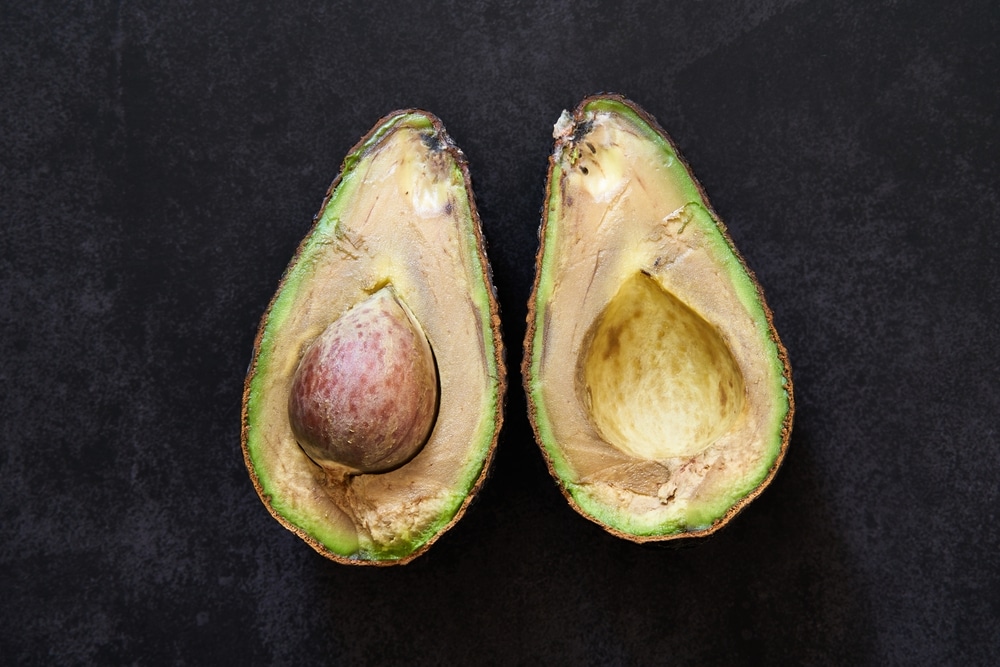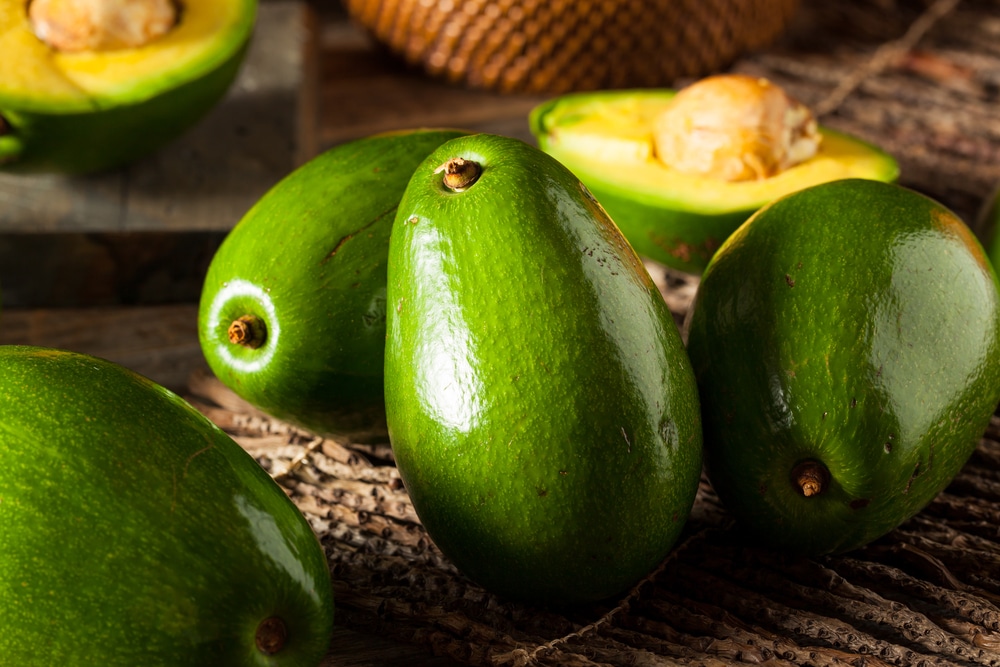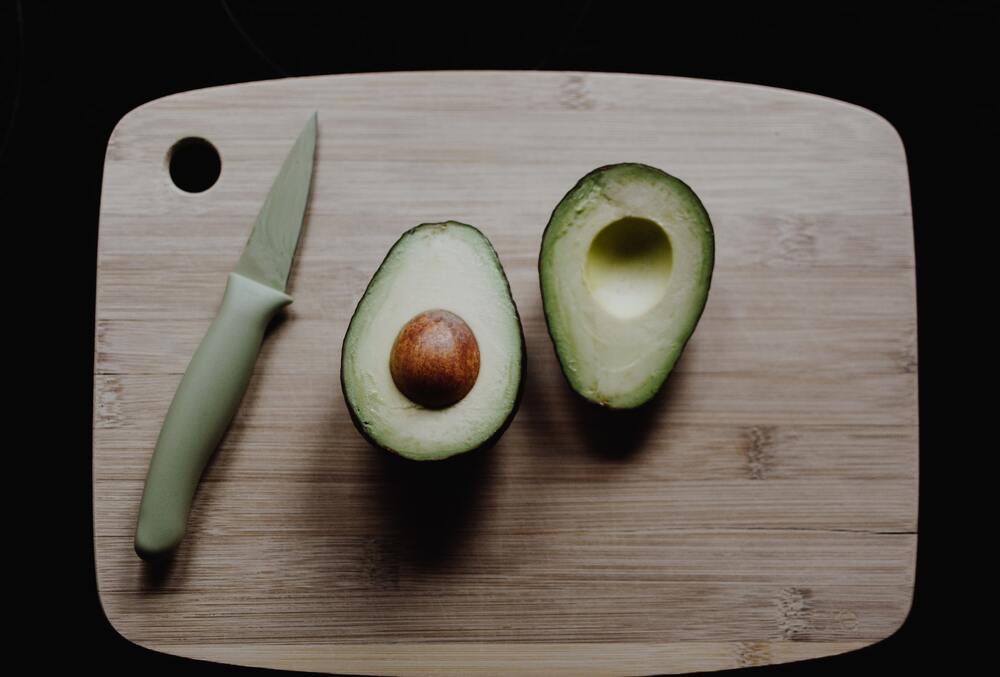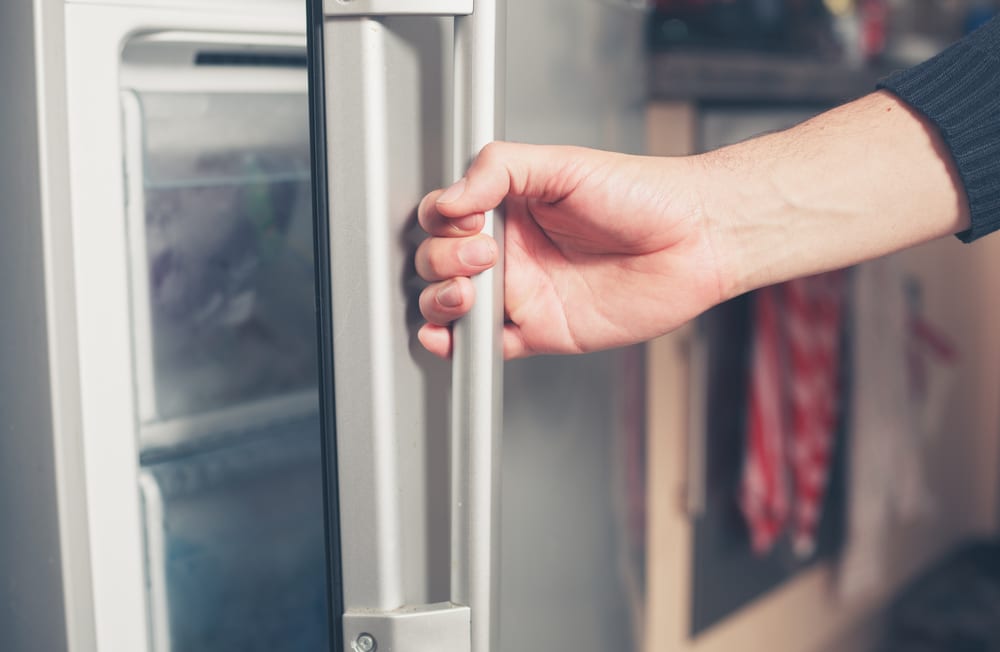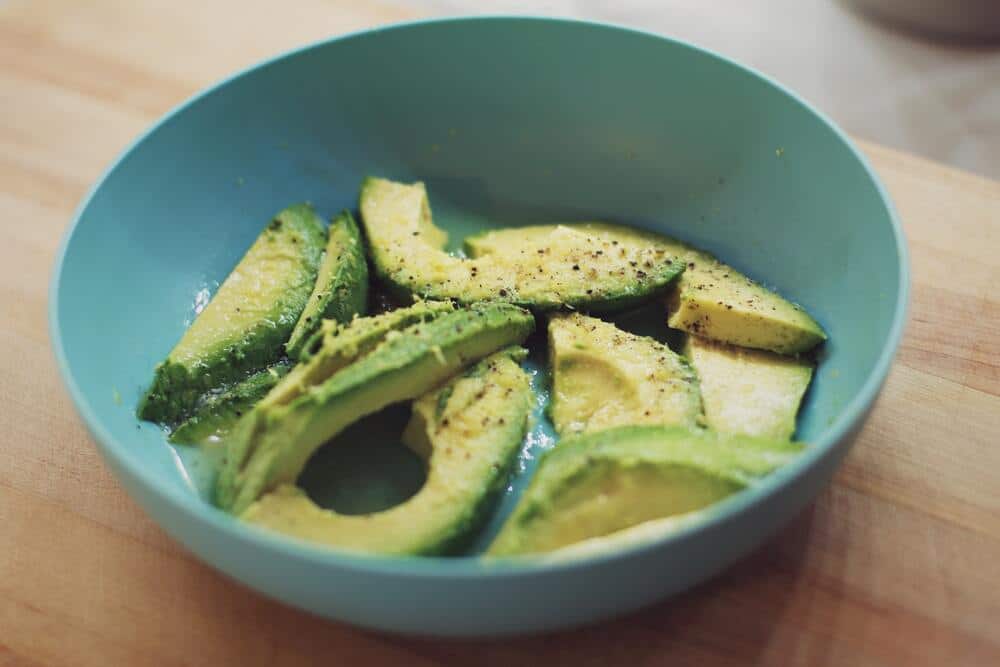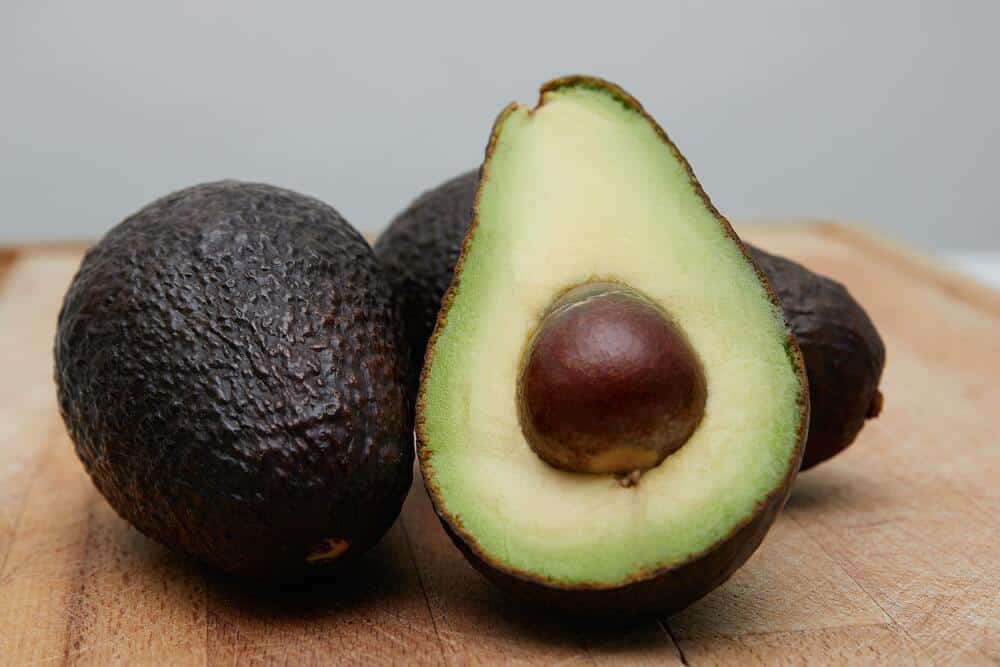
Avocados are one of the most delicious and healthiest fruits out there and are loaded with healthy unsaturated fats. It’s a great choice for people with heart and cholesterol issues.
It has a nutty and creamy flavor and many people call it buttery as well. The flavor depends on the ripeness levels because some people notice the grassy and earthy flavor as well.
The avocados are meant to be light green and yellowish on the inside. However, many people freeze avocados because they have a limited shelf life and complain about the browning.
So, with this article, we are sharing what it means when avocados turn brown in the freezer!
Do Avocados Turn Brown In The Freezer?
Avocados Turning Brown When In Freezer – What Does It Mean?
The avocados are frozen to retain the nutrients but freezing can lead to browning and mushiness in some cases. The brown color is caused by the oxidation process.
Whenever the avocados are exposed to air in the freezer, they will start to oxidize, which results in oxidation in flesh. As a result, there will be discoloration or darkening in the flesh.
This happens because avocados have a special enzyme, known as polyphenol oxidase, which is known as PPO. When it’s exposed to air, it reacts with oxygen in the surroundings, the phenols will be transformed into quinones.
The quinones also react with different amino acids, such as tyrosine, arginine, and lysine, which causes browning.
For this purpose, it’s recommended that you add a bit of lemon juice to the avocado before freezing them as it helps prevent browning.
The creamy texture of the avocados can hold up to the freezing process and it makes it easier to use in the kitchen – it prevents unintentional spoilage, which helps reduce food waste.
As far as the browning is concerned, it’s normal and doesn’t mean that avocados are spoiled. This also means that you can eat the browned avocados without any issues.
You can use browned avocados in the dishes where it will be mixed with other ingredients because the browning will be masked.
On the other hand, if you want to serve it in sliced form or make guacamole, it is better that you use fresh and green avocados for aesthetic purposes.
Signs Of Spoiled Avocados
We have already mentioned that browning doesn’t indicate any spoilage. Unfortunately, avocados have a very limited shelf life, which is why we are sharing some signs of spoiled avocados!
- Soft & Dented Skin
Whenever you check the avocados for ripeness, you should squeeze the avocados gently and press the fruit with your fingers. If the fruit is firm and does not give it away, it’s not fully ripened.
If it has mild giving, it means that avocados are ripe and ready to consume. However, if squeezing the avocados leaves small indentations, it means that the fruit is too ripe to be sliced but can be mashed.
On the other hand, if the skin is deflated and dented, we recommend that you don’t consume such avocados because they are spoiled.
- Black Patches
The avocados can undergo changes in skin color as they start to ripen. When the avocados aren’t fully ripened, the skin will be bright green and bumpy.
When it starts ripening, the avocados have a dark green and brown color. However, when the skin starts showing black patches and it’s mushy, it means that the avocados are spoiled.
- Stringy & Dark Flesh
Fresh avocados have light green flesh while rotten or spoiled fruit has black or dark brown spots in the flesh.
In some cases, the brown spots are caused by bruising, which is why we recommend cutting away that part and using the fresh and green part.
Secondly, you have to look for dark streaks in the avocados’ flesh because such fruits shouldn’t be consumed. Also, if the texture is stringy, you should discard it.
- Mold
When it comes down to avocados, they have a gray or white mold with a fuzzy texture. Make sure you don’t smell the mold because you might end up inhaling the mold spores and cause breathing issues.
For this reason, it’s recommended that you avoid purchasing avocados that have mold on the exterior and can penetrate the fruit’s flesh as well.
Also, if you cut the avocado and identify mold, you’ve to discard the fruit because mold can easily infest the entire flesh.
Freezing The Avocados
Now that you know that browning doesn’t always indicate spoilage and other signs of spoiled avocados, we are sharing the right way of freezing the avocados.
Freezing is the most reliable way of storing the avocados for a longer time period, and to prevent browning, it’s recommended that you mist the fruit with citrus juice, and put the sealed bag in the freezer.
In addition, let’s see how you can freeze the avocados;
- Freezing Them Whole
To freeze the whole avocados, it’s recommended that you rinse the exterior skin, dry them, and wrap them in plastic wrap. Then, use reusable silicon bags or freezer-friendly plastic bags to store the avocados.
Once the avocados are filled into the bag, remove as much air as you can and store it in the freezer.
- Freezing Them Halved
To freeze the halved avocados, we recommend that you drizzle some lime or lemon juice on the flesh to prevent browning and wrap the pieces in plastic wrap.
The wrapped avocados can be put in the freezer bag and you have to remove air by pressing the bag. Then, just put the bag in the freezer and let the avocados freeze.
- Freezing Them Sliced
If you have cut the avocados into cubes and/or slices, we recommend that you remove the pit and arrange them on the baking sheet – make sure the baking sheet is lined with parchment paper.
Once the fruits are lined on the sheet, spritz on some lemon juice and put it in the freezer. Once the cubes or slices are fully frozen, transfer them to an airtight container or a freezer bag and keep them in the freezer.
- Freezing Mashed Avocados
Mashed avocados are the most reliable way of preparing guacamole. For this purpose, you have to take out the flesh, add some lime juice or lemon juice, and mix it properly.
Once done, the mashed avocados have to be added to the airtight container and freeze them.
